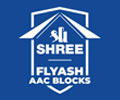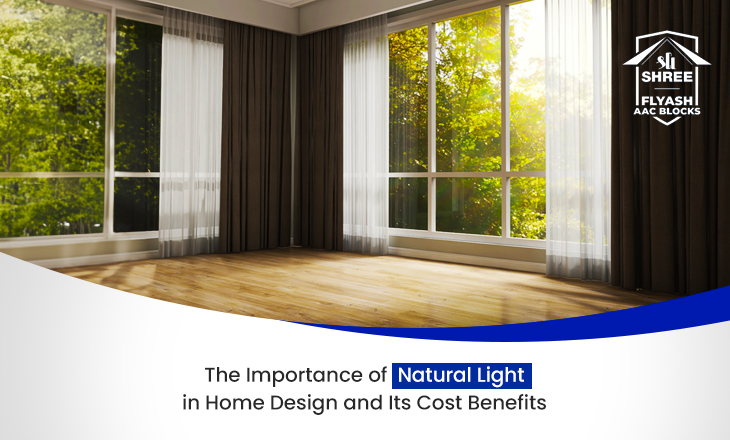The strategic use of natural light inside homes has several benefits, including improving the lighting conditions and aesthetics of your home. Also, daylighting can contribute to energy efficiency by reducing reliance on artificial lighting, which ultimately reduces energy consumption. Natural light also has a positive impact on your mood and overall health. Here, we share some of the tips to ensure effective daylighting in homes.
1.Window design and size:
You should consider incorporating larger windows and doors in your home to allow natural light to enter freely. In modern homes, floor-to-ceiling windows can enhance the overall aesthetics. These choices also provide seamless and unobstructed views of outdoor spaces from inside homes. Specialised low emissivity glasses are available in the market that allows light to flow freely from outside while preventing excessive heat transfer.
2. Light control and shading solutions:
You can also select shades and curtains that maximise natural light while preventing excessive glare from the sun during the afternoon. Overhangs and exterior shading elements can help prevent direct sunlight from entering the home and increasing indoor temperatures. However, they still allow light to pass through and maintain an airy feel in homes.
3. Reflective surfaces:
By strategically placing mirrors or use of highly polished materials like light coloured tiles and stones, you can ensure that natural light bounces off these surfaces and illuminates every corner of your home.
4. Interior layout and openness:
Homes that have open floor plans usually have more natural light. This is because there are fewer walls that can block the light, making the space feel airier and spacious. If you want your home to have a modern look and feel, it’s a good idea to talk to your architects and building planners about open floor plans. Not only will you get more natural light, but you’ll also have a more up-to-date home.
Daylighting is just one aspect of achieving energy-efficient and sustainable homes. Another crucial factor to consider is the choice of building materials, which can significantly contribute to greener and more energy-efficient construction practices. One excellent example of such a material is Autoclaved Aerated Concrete (AAC) blocks, known for their exceptional thermal insulation properties.
Looking for high-quality Flyash AAC blocks?
Explore our quality Flyash AAC blocks . These blocks offer impressive durability and structural integrity in buildings. Using our Flyash AAC blocks can reduce your monthly utility bills by 30%. Also, because no curing is needed during construction, our bocks can help save up to 70% more water at construction sites.

